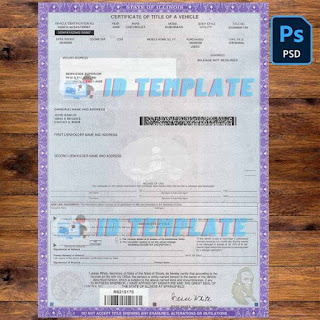How to Use a Canadian SIN Number Generator and Aadhar Card Blank Format
In today’s digital world, many individuals and organizations look for ways to streamline administrative processes for personal identification and record-keeping. While official government channels remain the only legal source for obtaining authentic documents, there is a rising interest in digital tools like format templates and mock generators for educational, testing, or demonstration purposes. Two such examples are the Canadian SIN number generator and the Aadhar card blank format. Understanding their use and ethical implications is key.
Understanding SIN and Aadhar: What Are They?
The Social Insurance Number (SIN) in Canada and the Aadhar number in India are both unique identifiers assigned to individuals for government and financial services. A Canadian SIN is required for employment and accessing government programs. Similarly, the Aadhar card serves as proof of identity and address in India, used across a wide range of services including banking, taxation, and healthcare.
While these identifiers are integral to official processes, their formats and structure are sometimes replicated digitally for mockups, educational materials, or software interface designs.
Educational Use of a Canadian SIN Number Generator
The Canadian SIN number generator is a tool that can produce mock SIN numbers following the correct algorithm and format without generating real, valid SINs. These tools are primarily used for software development or internal testing environments, where developers need to test payment gateways, employee onboarding systems, or database structures.
The generated numbers are not real and should never be used for fraudulent activities. The tool ensures that test environments closely mimic real-world scenarios, helping businesses and developers create more accurate, reliable applications without violating data privacy laws.
The Role of Aadhar Card Blank Format in Document Design
On the other hand, an Aadhar card blank format is a layout template used to design or display a generic version of the card without any personal information. It can serve multiple purposes, including UI/UX mockups, document processing practice, or internal training material. Educational institutions, graphic designers, and tech firms use such templates to demonstrate how a filled Aadhar card might look within an application form or database entry system.
The blank format ensures that no sensitive data is exposed while allowing stakeholders to visualize and test integrations that involve document uploads or verifications.
Legal and Ethical Considerations
Both tools come with strict responsibilities. It is essential to ensure that these generators and templates are used solely for ethical and non-malicious purposes. Using fake identity numbers or fabricating documents for illegal transactions, identity theft, or impersonation is a criminal offense in both Canada and India.
Therefore, one must always make sure that the usage of such tools aligns with legal frameworks, serves legitimate training or development goals, and does not involve any misuse of identity formats.
Whether you’re a developer testing HR software or a designer working on document templates, these resources can help improve efficiency and realism in mock environments. For safe and secure access to such tools, users can explore reliable sources like IDTempl.com, which offers responsibly designed digital templates and formats for professional use.




Comments
Post a Comment